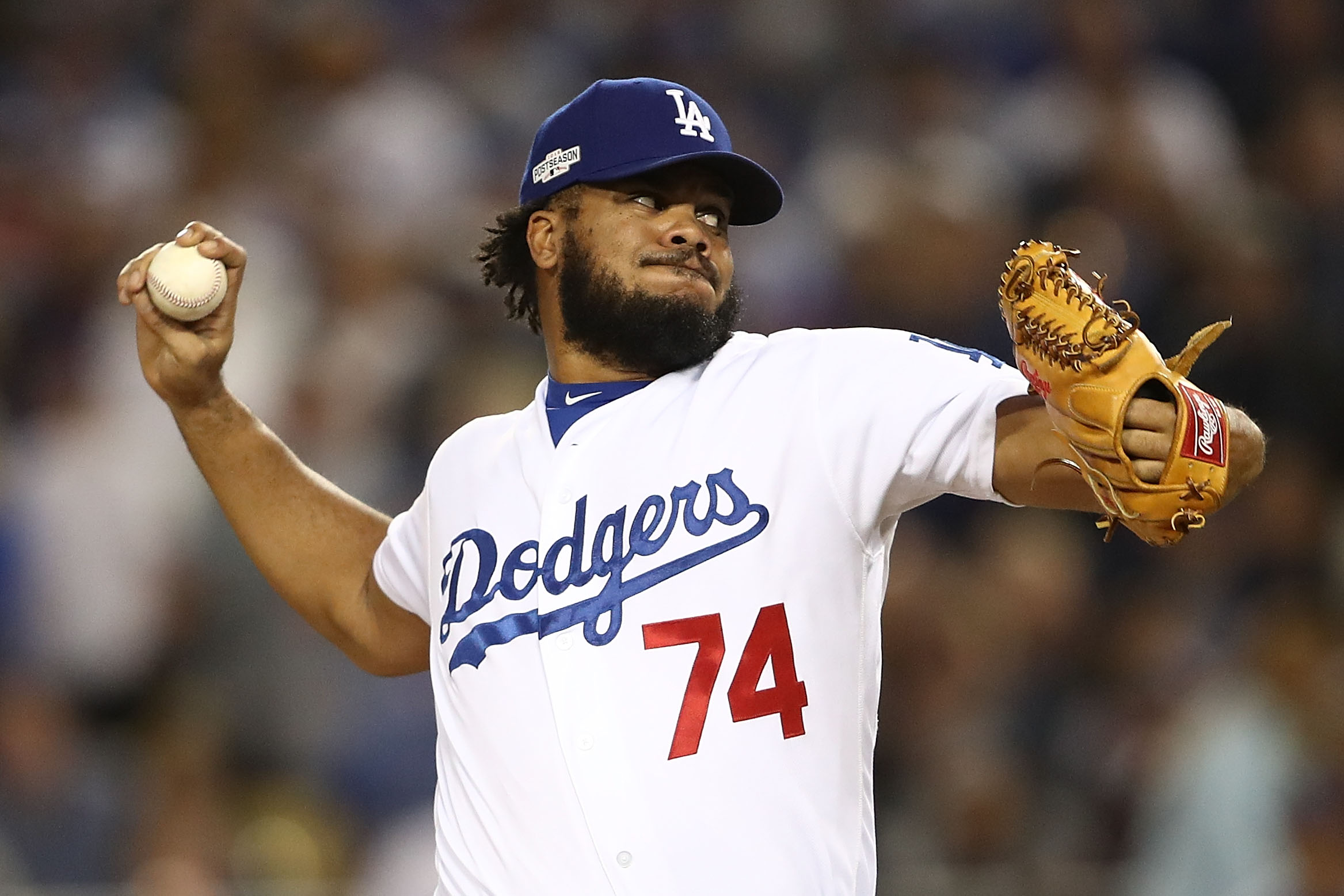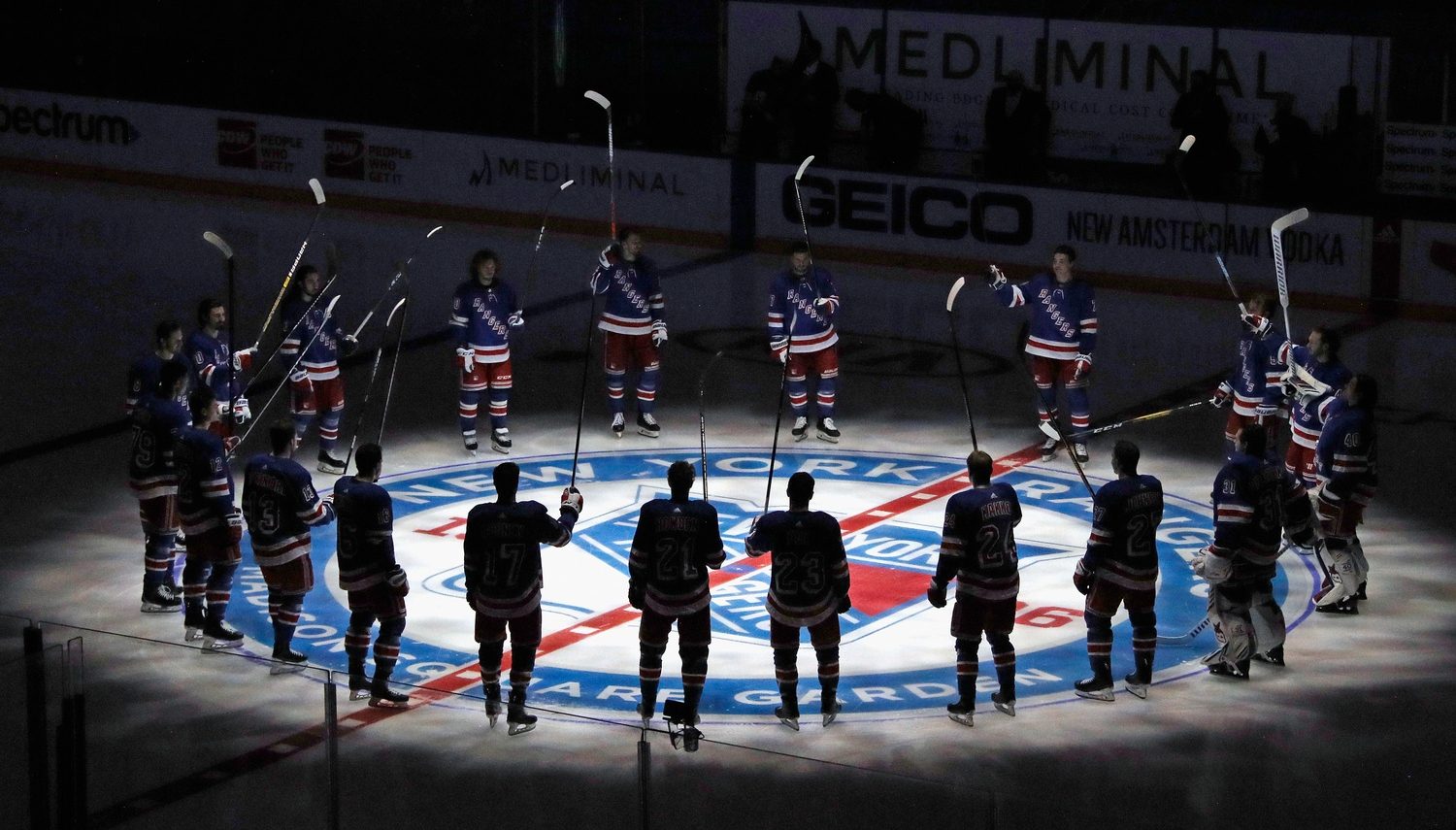On Monday, ESPN’s Jim Bowden, among others, reported that Kenley Jansen had agreed to return to the Dodgers on a contract worth $80 million over five years. Jansen’s agreement was the third and final massive deal handed out to a reliever this offseason, after the Giants gave Mark Melancon $62 million over four years and the Yankees inked Aroldis Chapman for $86 million over five years.
Before this offseason, deals of that size for closers were entirely unheard of. The biggest contract ever awarded to a close had been Jonathan Papelbon’s four-year $50 million deal signed in November 2011. But after a postseason in which dominant bullpens with ace relievers looked like the secret to success, MLB teams opened their wallets en masse.
Largest FA contracts for reliever in MLB history
– Aroldis Chapman ($86M)
– Kenley Jansen ($80M)
– Mark Melancon ($62M)All this offseason. pic.twitter.com/yYdNy4XpNZ
— ESPN Stats & Info (@ESPNStatsInfo) December 12, 2016
Now the question becomes, which of these three deals will work out best, and how can we even measure that?
The easiest instinct is to say the Melancon deal is the best because it’s the shortest and cheapest. Relief pitchers, even at this level, are notoriously fickle, and the odds of any of these three being elite closers in five years seem fairly slim. Since Melancon, Chapman and Jansen have been roughly equal over the past few years, maybe the smallest deal is destined to turn out the best.
But that line of thinking is quickly negated by the fact that Melancon is the oldest of the trio by two and a half years. He’ll be under contract until he’s 35, whereas Jansen is locked up through age 34 and Chapman through age 33.
This is where the pro-Chapman argument gets convincing. He’s the youngest of the three, with the fewest innings on his arm. The Yankees are getting a larger chunk of his prime than the Dodgers or Giants are getting from their recently signed closers, for roughly the same average annual value. Maybe Chapman won’t be throwing 103 miles per hour by the time his contract ends, but he could easily still be throwing 98. Plus, he’s got a longer track record than Melancon and a more consistent one than Jansen.
If we had to predict which of these three pitchers will provide the most regular-season value over the length of their respective deals, the best guess would be Chapman.
But these huge contracts weren’t signed with April-through-September in mind. They were surely inspired in large part by the image of Andrew Miller emerging from the Indians’ bullpen last October and mowing down opposing hitters again and again. The success of these contracts won’t be determined by which pitcher can rack up the most regular-season saved; it’ll be determined by which one can best emulate Miller and deliver some postseason heroics.
And with that in mind, the relief pitcher whose contract is destined to turn out best for his team is Kenley Jansen. Not because Jansen is more clutch than Chapman or Melancon (though his performance in Game 5 of the NLDS was pretty epic) but because his team is best positioned to make use of his talents in Octobers to come.
The Dodgers have won the NL West four straight years, winning 90 or more games each season. Having brought back their entire core this offseason, they should be divisional favorites again in 2017. The Giants have a shot at the playoffs next year but aren’t anyone’s pennant pick, and the Yankees seem to be taking it slow in hopes of building a juggernaut for the 2019 season.
According to Baseball-Reference, Chapman has averaged about two wins about replacement over the past five seasons. That’s a ton for a reliever but not a particularly large number for a guy about to be paid $17 million a year over five years. The Yankees, Dodgers and Giants didn’t spend big on these relievers because of WAR totals (or save totals). They did so because of an ace closer’s value in October. But before you can capitalize on your top reliever’s playoff brilliance, you’ve got to get there. The Dodgers are best positioned to reach the postseason and thus to take advantage of the investment they just made.






